Rubber is a widely used and adaptable material that is employed in the manufacturing of various products, including elastic bands, shoes, swim caps, and hoses. In fact, the production of vehicle tires consumes approximately half of all rubber produced. Given its significance, it's worth exploring the process of creating rubber and its origin. This article will pay attention to introduce about rubber’s origin, how to make rubber, rubber's applications, the kind of rubber and why choose rubber as product’s raw materials.
The origin of rubber
For more than a millennium, people have been using rubber's strong and flexible qualities to create various items. Initially sourced from natural materials, but due to rubber become more popularity and demand rises led to people more like to make rubber in labs which can produce rubber with more character. Nowadays, the majority of rubber we use is produced synthetically.
How Is Natural Rubber Made
Various types of artificial rubber serve different functions and therefore, the production methods can differ significantly. Instead of relying on natural resources, these rubbers are made through chemical processes like polymerization. Common source materials such as coal, oil, and hydrocarbons are refined to create naphtha. Naphtha is then mixed with natural gas to form mon which are further processed into polymer chains using steam and vulcanization to produce rubber.
Rubber process
1.Compounding
Incorporating chemical additives into a rubber base can produce rubber compounds with enhanced properties. These chemicals can either stabilize the polymer structure or enhance the strength of the rubber. Additionally, the compounding process can sometimes increase the rubber's elasticity, resulting in a lower final cost.
2.Mixing
In a process akin to compounding, additives are blended with the rubber in this stage. To ensure proper distribution of ingredients and prevent overheating, skilled mixers carry out this procedure in two stages. First, people will prepare a masterbatch containing additives like carbon black. Once the rubber has cooled down, they introduce the required chemicals for vulcanization.
3.Shaping
Manufacturers may utilize various shaping methods such as coating, extrusion, casting, calendering, and molding to produce a wide range of products. The choice of shaping technique depends on the specific requirements of the final product.
4.Vulcanization
To enhance its durability and strength, rubber undergoes a thermal treatment known as vulcanization. This process involves heating the rubber, often with sulfur, to create additional bonds between the molecules, making them less prone to separation. Following vulcanization, any defects are removed, and the rubber is shaped or molded into the desired product. Rubber remains a vital invention with diverse applications, and Ruicheng offers a wide range of high-quality rubber products, including matting, seals, and extrusions.
Rubber’s application
Household:Rubber is commonly used in the production of shoes, boots, and other footwear due to its durability and water-resistant properties.
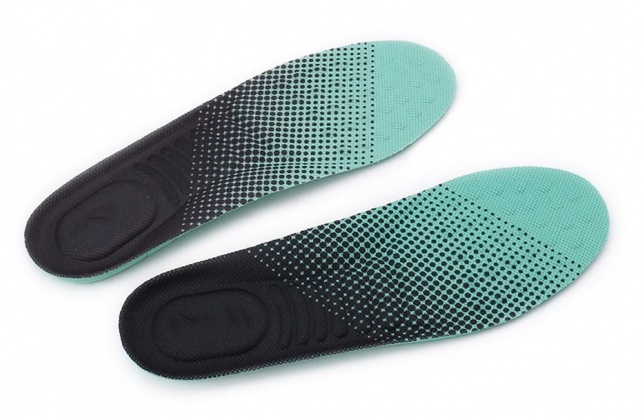
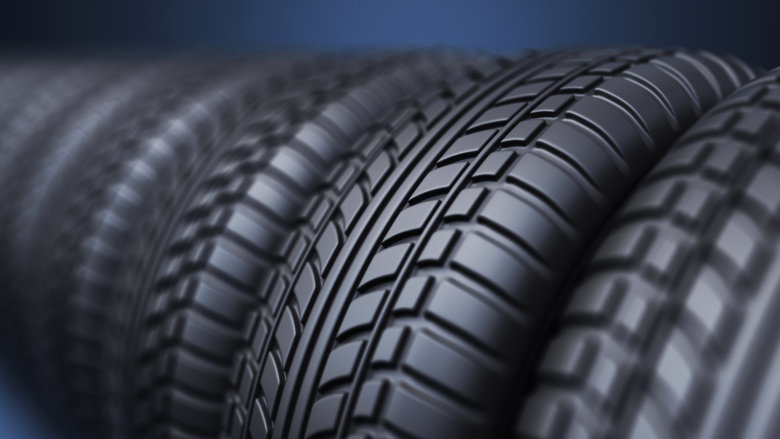
Automotive:Rubber is used in various automotive components such as hoses, belts, bushings, and engine mounts for vibration damping and shock absorption. Especially tires, rubber is a key component in the manufacturing of tires for automobiles, bicycles, and other vehicles.
Medical Devices: Because of rubber’s many positive characteristics, medical fields throughout the industry are adopting the material for a wide variety of applications. Medical specialties, including ear, nose, and throat specialists, cardiology, oncology, ophthalmology, plastic surgery, and general surgery are turning to liquid silicone rubber and medical rubber molding for single-use and reusable medical devices.
At the same time, Rubber is used in the manufacturing of medical devices such as gloves, tubing, and seals due to its biocompatibility and flexibility.
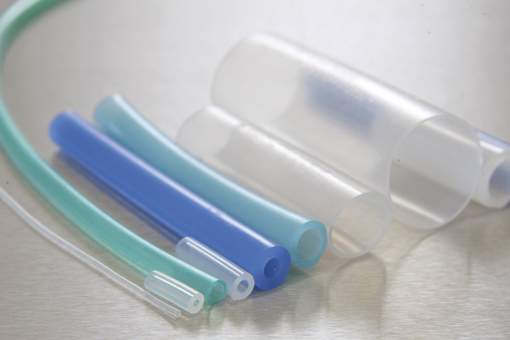
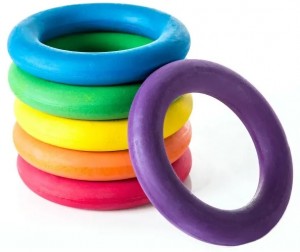
Sporting Goods: Rubber is used in the production of sports equipment such as balls, grips, and padding for its elasticity and impact resistance.
Common types of rubber
Natural rubber
Natural rubber is obtained by extracting a liquid sap, called latex, from various types of trees, with the Hevea brasiliensis tree being the primary source. The process of gathering latex involves making a cut in the bark and collecting the sap in cups, a process known as tapping. To prevent solidification, ammonia is added, followed by acid to extract the rubber through coagulation, which takes around 12 hours. The mixture is then passed through rollers to remove excess water, and the layers of rubber are dried by hanging them over racks in smokehouses or air drying them.
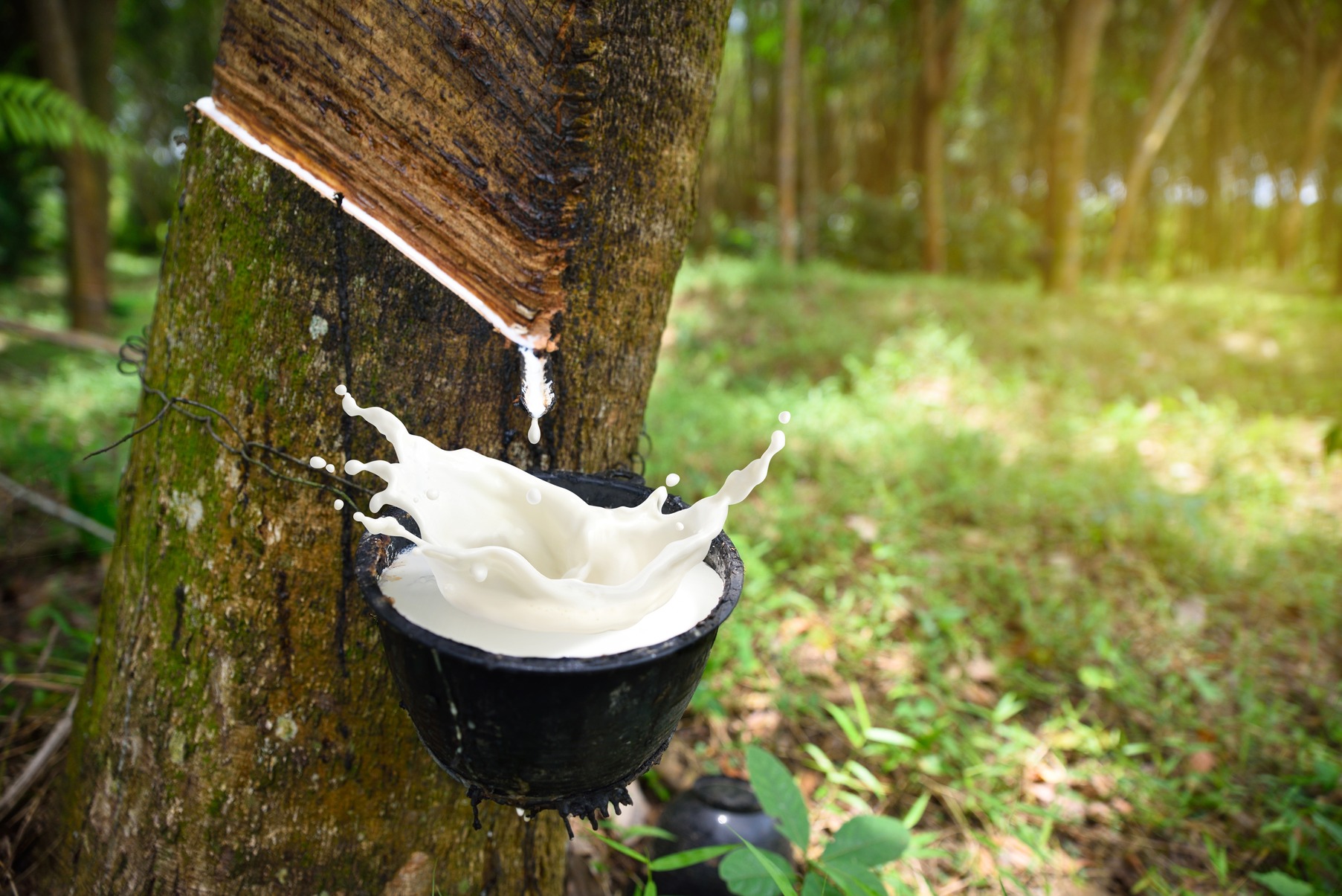
Synthetic rubber
German scientists created synthetic rubber during World War I due a shortage of natural rubber sources. While initially of lower quality than natural rubber, synthetic rubber has advanced over time through research and development. Nowadays, synthetic rubber is just as durable and trustworthy as its natural counterpart. The main distinction between synthetic and natural rubber lies in the fact that synthetic rubber is produced by connecting polymer molecules in a lab. Now lot of manufactures like to use synthetic rubber.
Advantages of rubber
Flexibility and elasticity: Rubber is known for its high elasticity and flexibility, allowing it to deform under stress and return to its original shape when the stress is removed. This property makes rubber ideal for applications where resilience and flexibility are required, such as in tires, seals, and shock absorbers.
Resistance to wear and tear: Rubber exhibits high resistance to abrasion, wear, and tear, making it durable and long-lasting. This property makes rubber suitable for applications that involve constant friction and exposure to harsh environments, such as conveyor belts, industrial hoses, and automotive components.
Noise reduction: Rubber can effectively dampen vibrations and reduce noise, making it suitable for use in applications where noise reduction is important, such as in automotive components and building materials.
Shock absorption: Rubber has excellent shock-absorbing properties, which makes it ideal for use in products such as footwear, sports equipment, and vibration isolation mounts.
These advantages make rubber a valuable material in a wide range of industries, including automotive, construction, electronics, healthcare, and consumer goods.
Summary
The article examined the attributes of rubber, shed light on its origin, applicant and advantages, and introduce the rubber common various forms that it can take in industrial applications.we hope this article has helped you see how many uses of rubber there really are. With rubber, the possibilities are limitless. If you want to know more, please contact us!
Post time: May-09-2024
